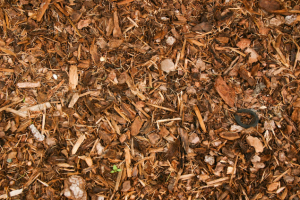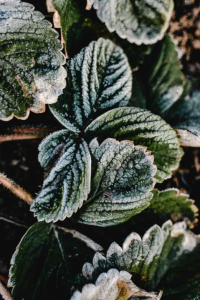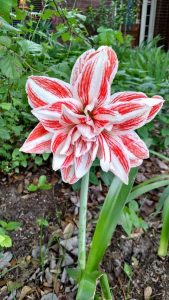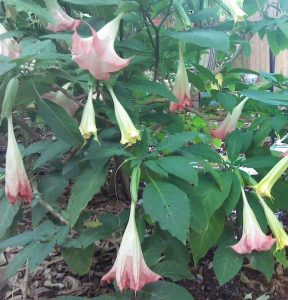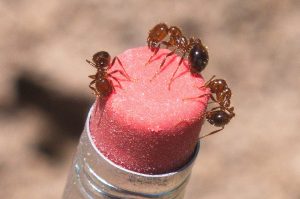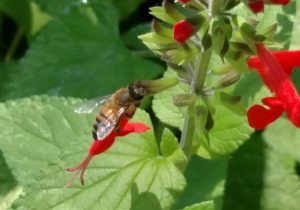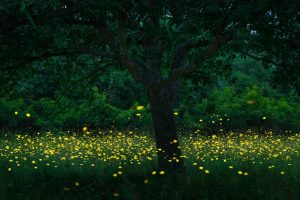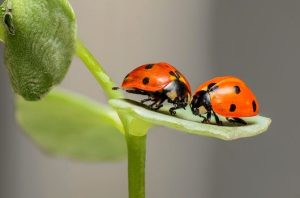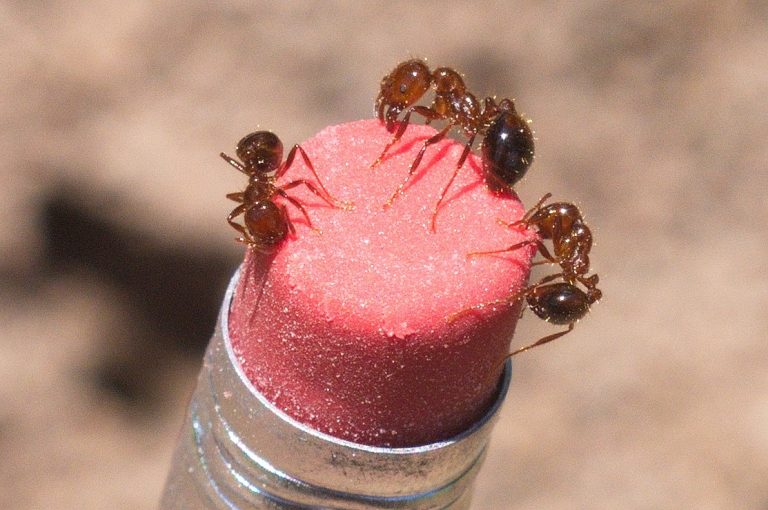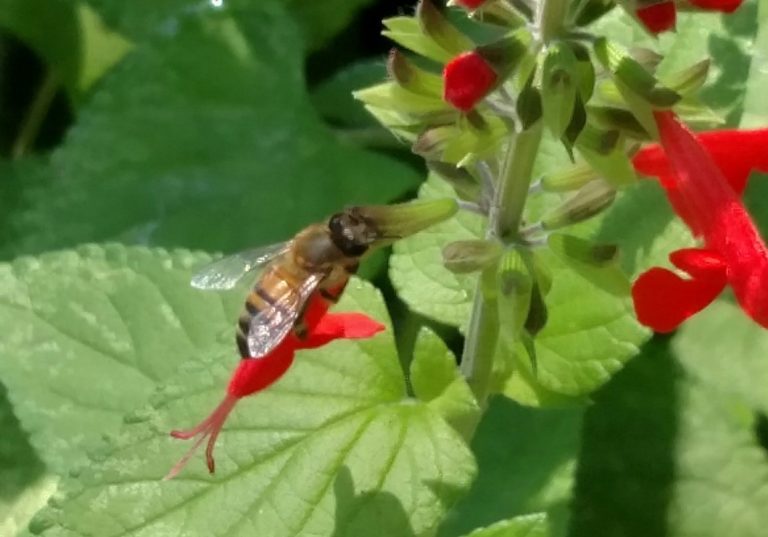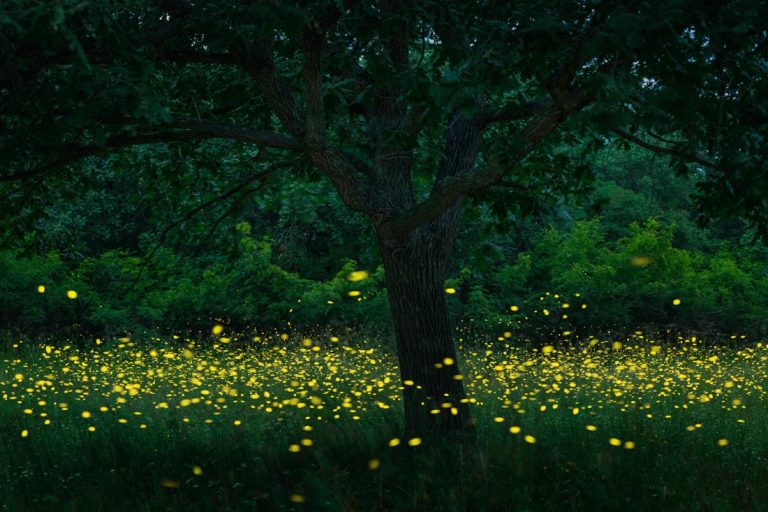Keep the grits, club soda, cayenne pepper, cinnamon, and coffee grounds in the pantry. None of these “folk” remedies work on fire ants.
Red imported fire ants (Solenopsis invicta) love to make their nests in sunny spots, which, as often as not, happen to be in the middle of a beautiful, well-cared-for lawn.
Prolific, protective and venomous, a typical mature fire ant colony contains at least 80,000 workers. Some mounds may contain over 200,000 workers. Queens can live 5 years or more and can lay as many as 1,500 eggs a day.
Fire ant venom is related to the main chemical ingredient in black pepper. Although the stings are painful, and pustules form on the skin of most people, less than one percent of the population has an allergic reaction to these creatures.
There are few “urban legend” remedies that do work. A YouTube video showing a person pouring molten aluminum into a fire ant nest proves that process works – killing 100 percent of the colony – but it can be a trifle complicated…and expensive. Boiling water poured into a nest also will eliminate about 60 percent of the population, but the remaining number will quickly multiply. Some recommend simply flooding the nests with tap water, but this will only make the ants move, perhaps to another yard, which may not engender favor with neighbors. Pouring gasoline into a mound and igniting it will kill many of the ants but will also contaminate the soil for years.
There are, however, ways to eliminate fire ants that are also harmless to the environment.
D-Limonene
An oil extract made from orange peels, d-limonene erodes the fire ant exoskeletons, essentially suffocating them. D-limonene also kills other insects as well, such as roaches, earwigs, and silverfish.
Spinosad
Spinosad is an insecticide derived from a bacterium. It affects the nervous system of insects, causing “hyperexcitation,” which means they simply run themselves to death. Spinosad is also used to kill fleas, and many heart worm medicines for dogs have Spinosad in them. Spinosad should not be broadcast over a large area but should be confined to the area on and immediately around the mound. Spinosad is toxic to bees and should be spread in early morning or late afternoon when bees are not foraging.
Abamectin
Like Spinosad, Abamectin is a bacterial derivative. When an insect consumes abamectin, it becomes paralyzed and dies shortly after. Since abamectin is also highly toxic to bees, care should be taken to apply it in early morning or late afternoon. Follow package directions.
Diatomaceous Earth
Made up of the fossilized remains of diatoms, a hard-shelled alga, this naturally abrasive product erodes the waxy layer on the ant’s exoskeleton, causing it to die of dehydration. However, once wet, diatomaceous earth loses its abrasive qualities as far as insects are concerned, anyway. It is used in toothpaste and cosmetics as well.
Do the Texas Two Step
Step 1: Apply Spinosad or Abamectin to the mound. Sprinkle it on and around the mound at the recommended amount. While some directions include broadcasting it with a spreader, it’s best to avoid this. While organic, these two insecticides are indiscriminate.
Step 2: About a week later, thoroughly drench the mound with d-limonene.
Texas Three Step
Repeat the process. Several days after drenching with d-limonene, you can spread diatomaceous earth on the mound.








